their nests in the sand up to their arduous but determined crawl to the ocean. These
ancient creatures have been performing this incredible ritual for millions of years,
and today, several beaches around the world offer responsible opportunities to
witness this amazing spectacle.
While timing and patience are everything – as nature does not work according to a
human schedule – the experience of watching these little reptiles make their first
moves toward the sea creates lifetime memories while raising awareness about
marine conservation.
Here’s 20 locations where you can watch these magical moments unfold.
Mon Repos Beach, Queensland, Australia
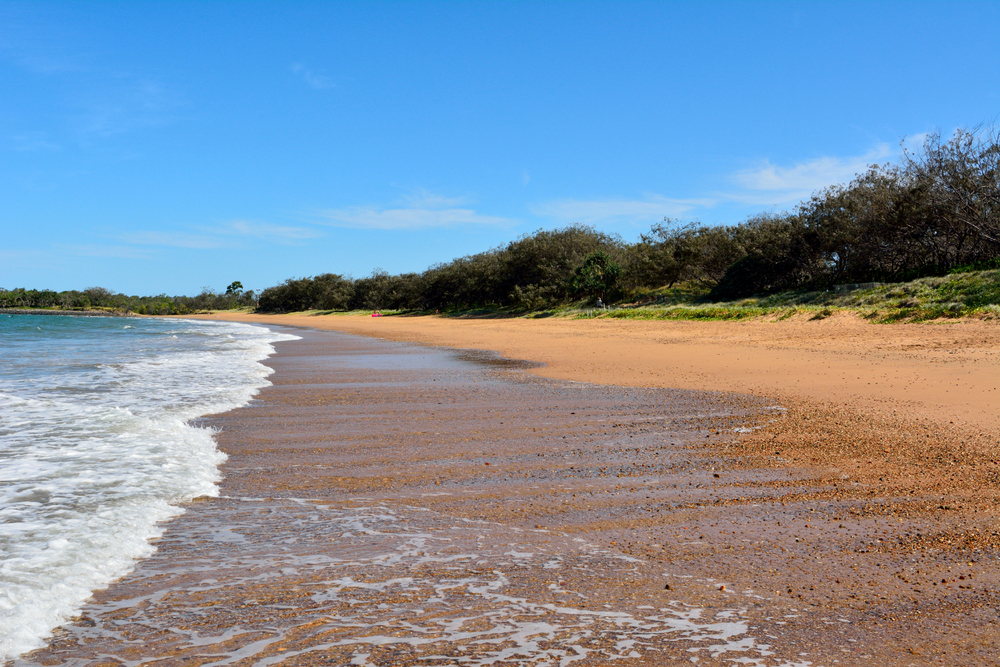
As the largest loggerhead turtle rookery in the South Pacific, Mon Repos runs guided
evening tours from November to March. Rangers take small groups out to view
nesting mothers or hatchings, depending on the time and season.
The beach’s conservation center is an excellent source of information about turtle biology and its conservation. You will want to book well in advance since this is one of the best- managed turtle-viewing experiences in the world.
Tortuguero National Park, Costa Rica
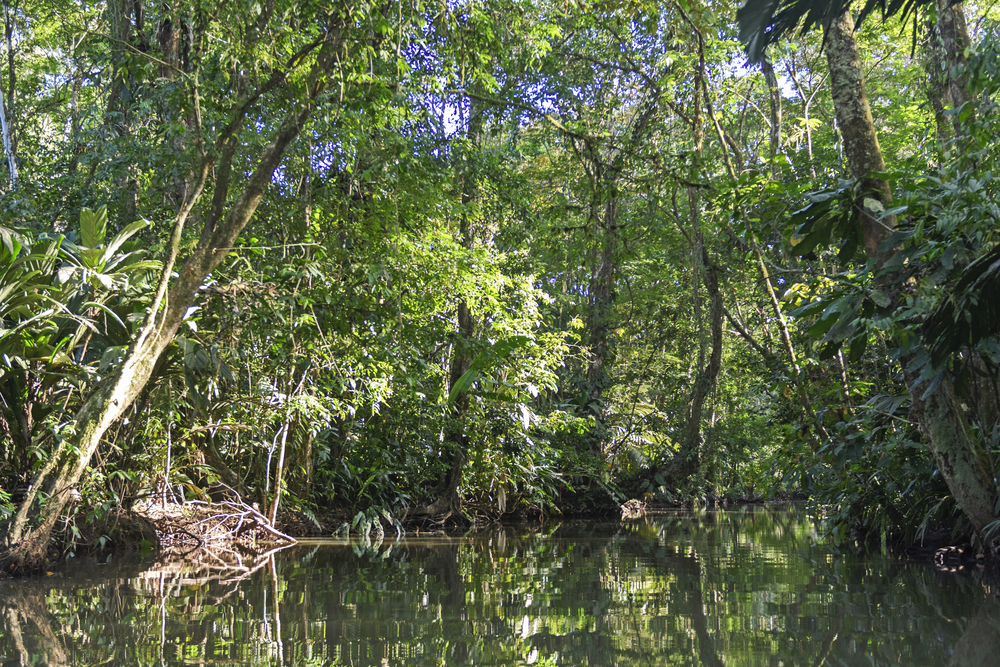
This Caribbean coastal park lives up to the meaning of its name, literally ‘place of
turtles.’ Green, leatherback, and hawksbill turtles nest here throughout different
seasons, peaking between September and December.
When the conditions are right, local guides offer nighttime walks, while the village’s sea turtle conservancy provides interesting insights into research and protection efforts. Because the park is remote, access is limited, and nesting conditions remain pristine.
Like Travel Pug’s content? Follow us on MSN.
Turtle Island, Borneo, Malaysia
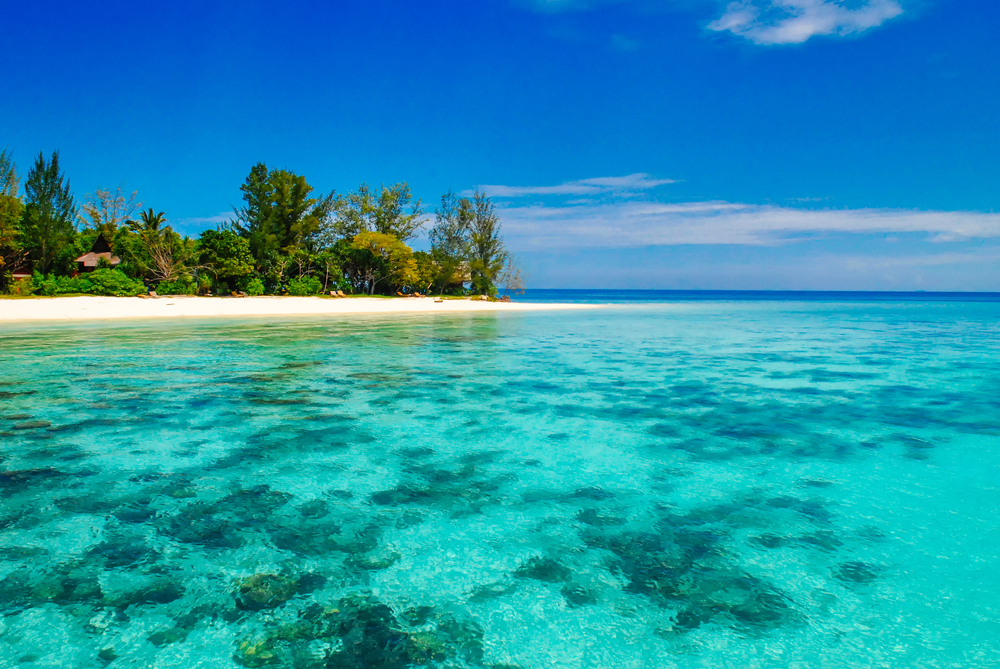
This small island off the coast of Sandakan offers the opportunity to observe green
and hawksbill turtle hatchlings at any time of year. The island’s research station
operates a hatchery where guests can learn about the conservation process and
possibly participate in a release.
Guided evening tours provide the chance to witness nesting mothers, while early morning visits coincide with the babies making their way to the sea. The facility has significantly enhanced local turtle populations.
Laniakea Beach, Hawaii, USA
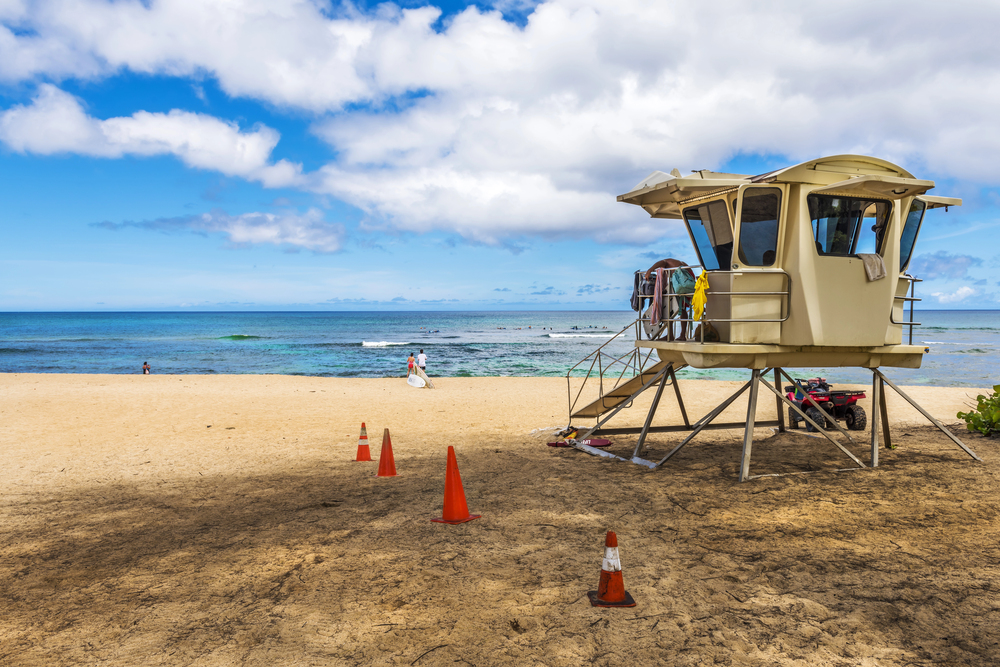
Locals refer to this spot on Oahu’s North Shore as ‘Turtle Beach.’ Nesting of green
turtles is expected from May to September, but hatchlings emerge roughly two
months after laying.
Nest sites are protected by volunteer turtle guardians who sometimes share knowledge about these endangered animals. The beach’s rock barrier helps in protecting both the sites and emerging hatchlings from strong sea conditions.
Evening monitoring events sometimes allow visitors to observe hatching events.
Ras Al Jinz, Oman
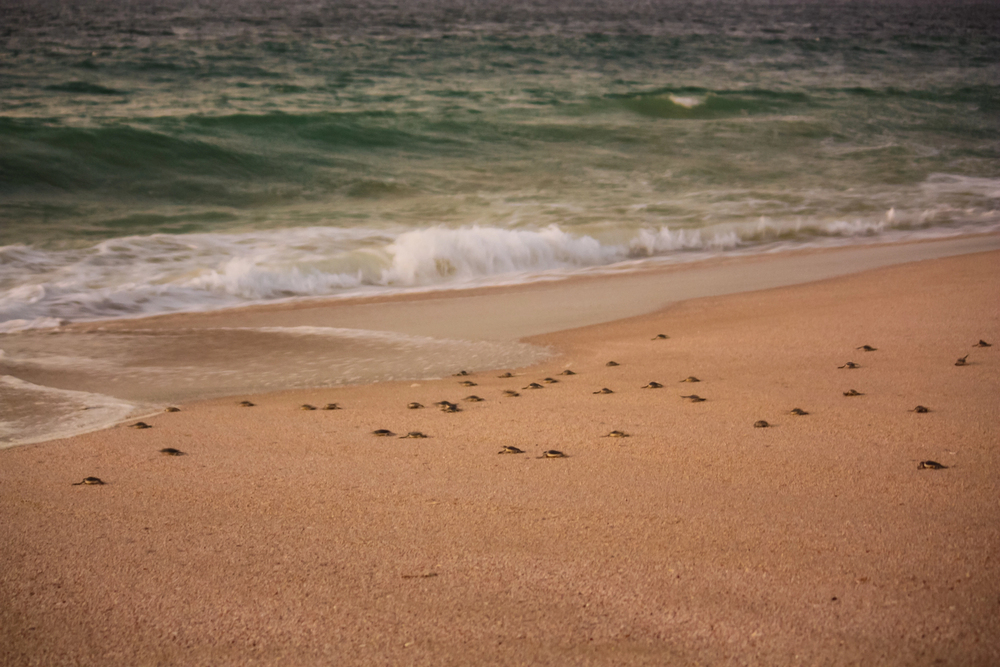
This ancient turtle nesting site offers year-round opportunities to witness green turtle
hatchlings, though peak season runs from June to September. The scientific center
provides guided tours and excellent educational resources about turtle conservation.
Strict regulations protect both turtles and their habitat while ensuring meaningful
visitor experiences. The remote location and dark skies create ideal conditions for
natural hatching behavior.
Like Travel Pug’s content? Follow us on MSN.
Rekawa Beach, Sri Lanka
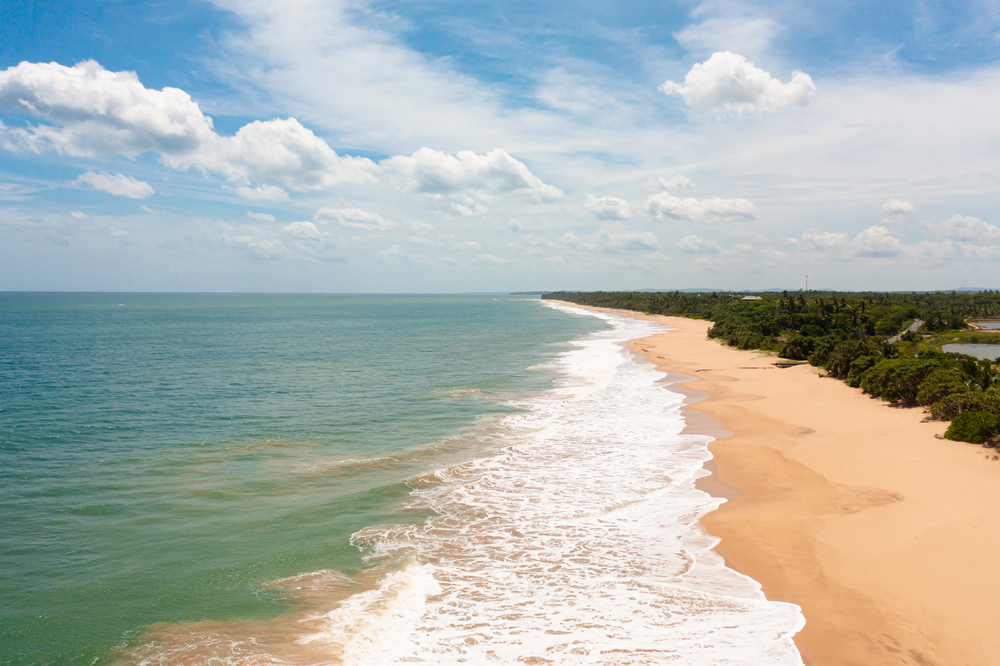
Five species of sea turtles nest on this protected shoreline, one of the most diverse
places in the world to go turtle-watching. A community-based turtle conservation
project offers nightly observation tours from April to September.
Local guides offer fascinating insights into the nesting habits of various species and the challenges to their conservation. The success of this project is a great example of how tourism can support wildlife protection.
French Frigate Shoals, Hawaii, USA
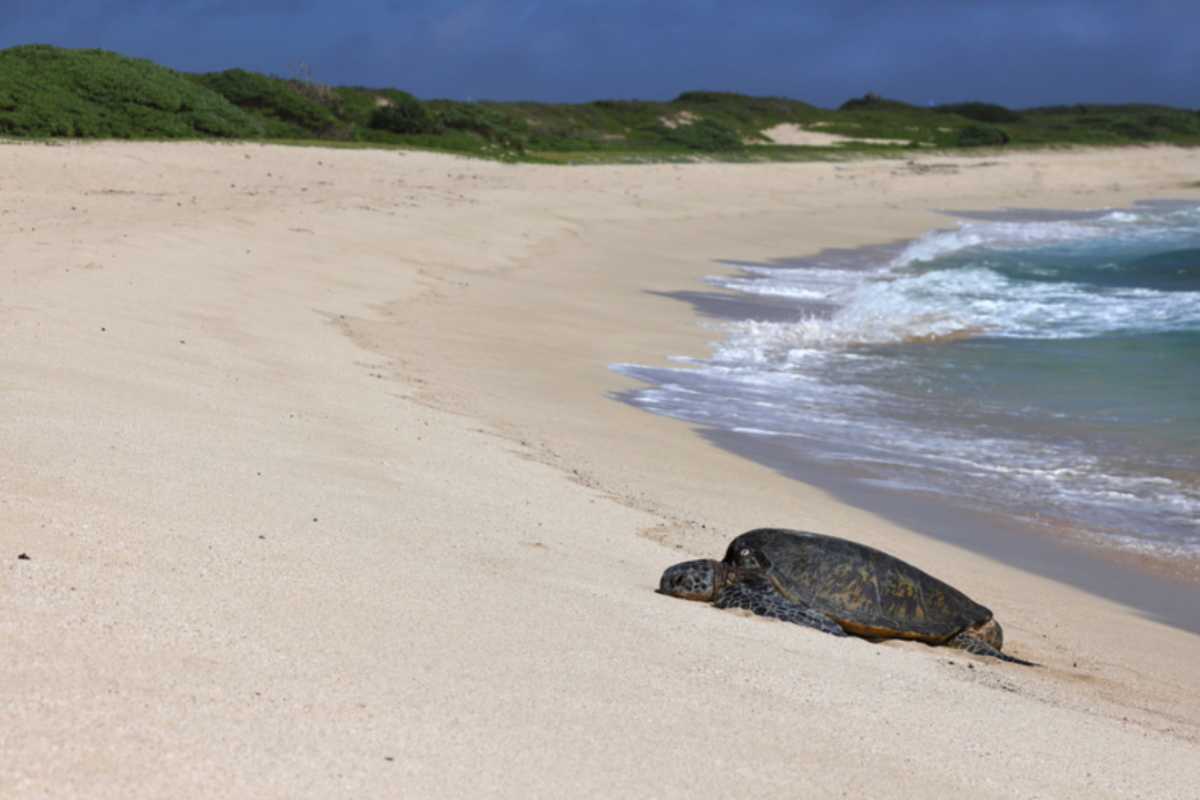
This remote atoll in the Northwestern Hawaiian Islands is the primary nesting site for
Hawaii’s green sea turtles. While special permits are required for access, research
stations occasionally take volunteer observers during peak hatching season between
June and November.
Isolation provides ideal conditions for natural hatching behavior. Scientists here have documented remarkable recovery in turtle populations since protection began.
Sipapan Island, Malaysia
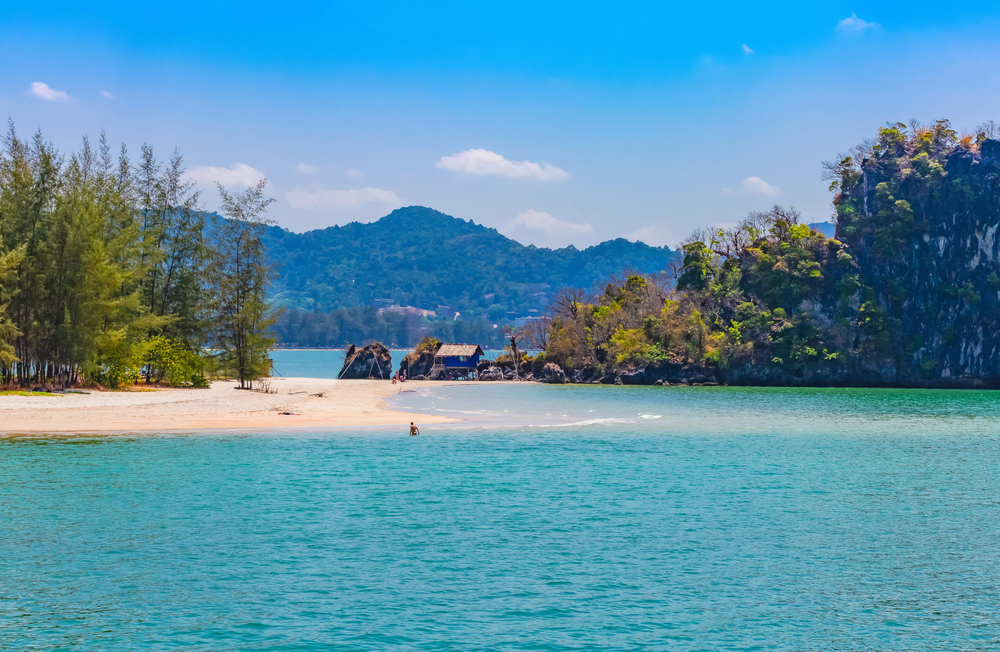
This world-renowned dive destination also offers premium turtle-hatching
experiences. Both green and hawksbill turtles nest at different times throughout the year.
The island’s protected status restricts the number of visitors allowed daily to
avoid disturbing the nesting sites. Hatching events are monitored by local rangers,
and occasionally, small groups are allowed to participate in releases.
The crystal- clear waters around the island provide perfect conditions to watch hatchlings begin their journey in the ocean.
Like Travel Pug’s content? Follow us on MSN.
Padre Island National Seashore, Texas, USA
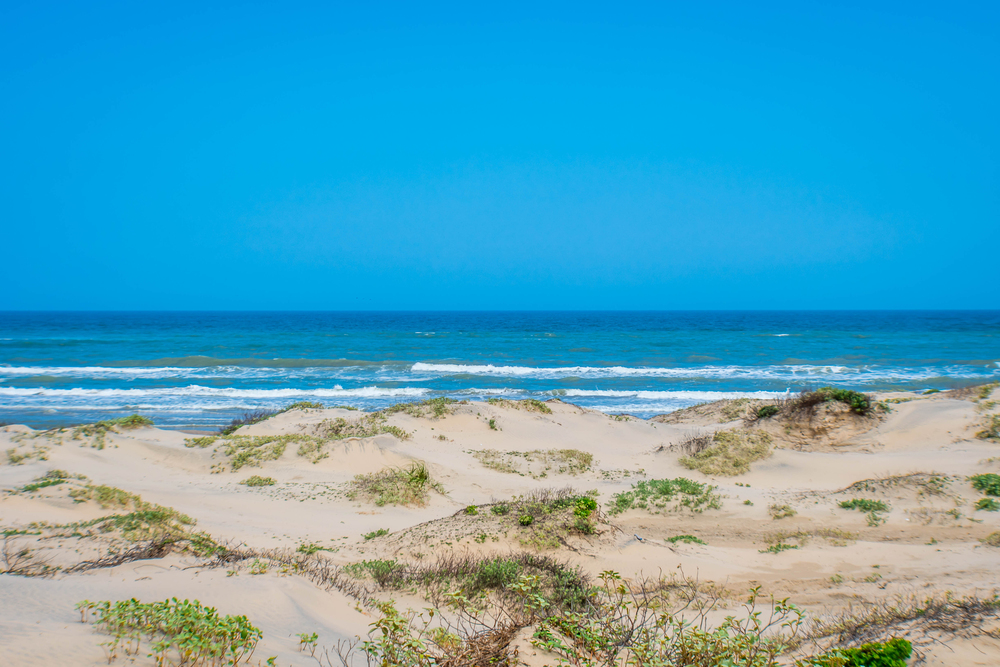
As the longest undeveloped barrier island in the world, Padre Island is a nesting
ground of the highest importance for Kemp’s ridley turtles. The National Park Service
hosts public hatchling releases from mid-June through August.
Dates vary based on natural hatchings. Rangers present informative and interesting facts about these endangered turtles at the release events. The large-scale conservation effort has prevented this species from becoming extinct.
Isla Holbox, Mexico
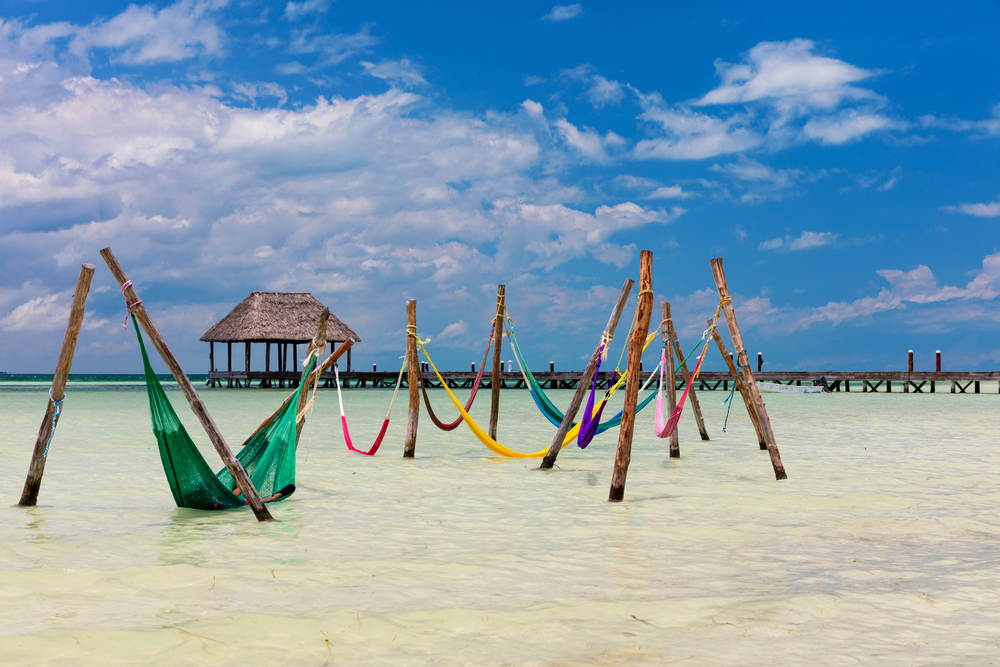
This car-free island north of Cancun offers intimate experiences with hawksbill and
green turtle hatchlings between August and November. Local conservation groups
coordinate early morning releases of hatchlings from protected nests.
The island’s laid-back atmosphere and limited development help maintain natural nesting conditions. Community-led initiatives ensure responsible tourism practices while supporting conservation efforts.
Praia do Forte, Brazil
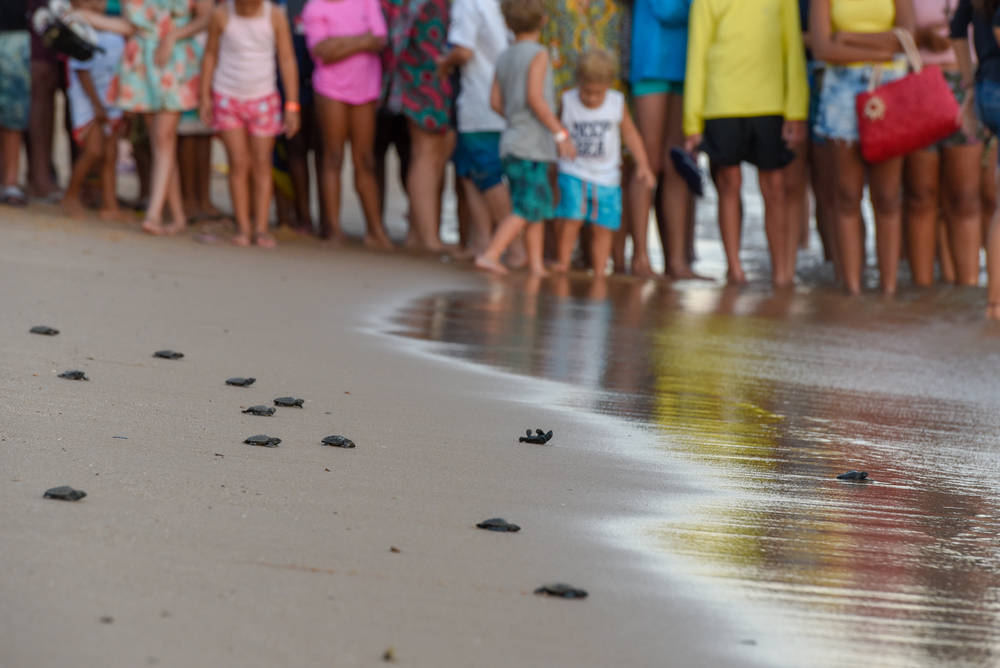
This beach is home to Brazil’s main sea turtle conservation project, TAMAR, and
offers opportunities for learning about and possibly even witnessing, one of these
events year-round. The research station keeps several tanks with rescued turtles
that you can observe while waiting for possible hatchling releases.
There are educational programs about the protection of these ancient mariners. Success in this project has turned it into a model for other conservation projects.
Like Travel Pug’s content? Follow us on MSN.
Kosgoda Beach, Sri Lanka
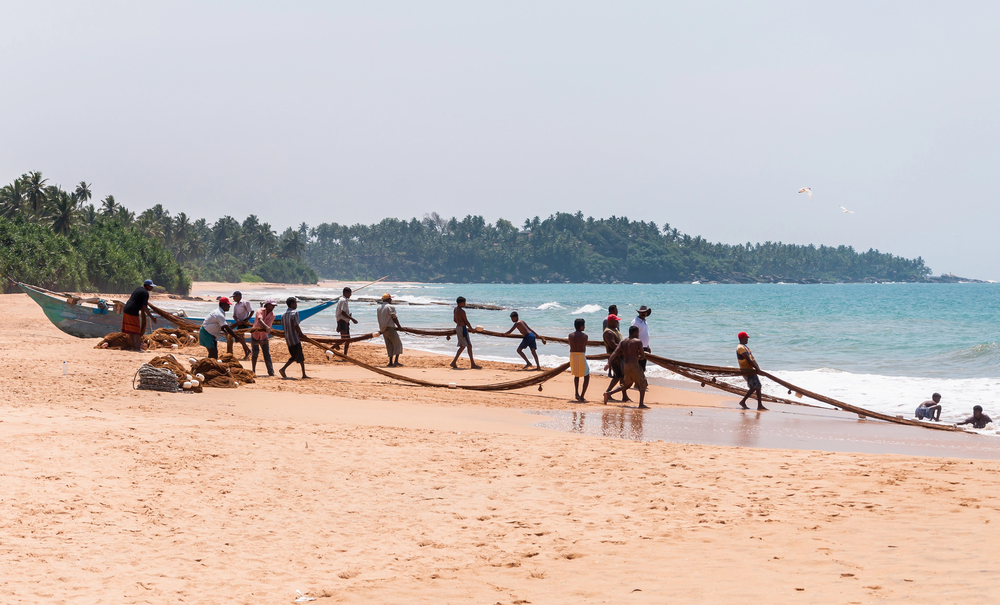
The tranquil stretches of the coastline are also home to one community-based turtle
hatchery that has releases throughout the year. Five species of sea turtles nest here,
their peak hatching time being between April and September.
A very knowledgeable local conservator explained the characteristics and behaviors that distinguish each of these species.
Ningaloo Coast, Australia
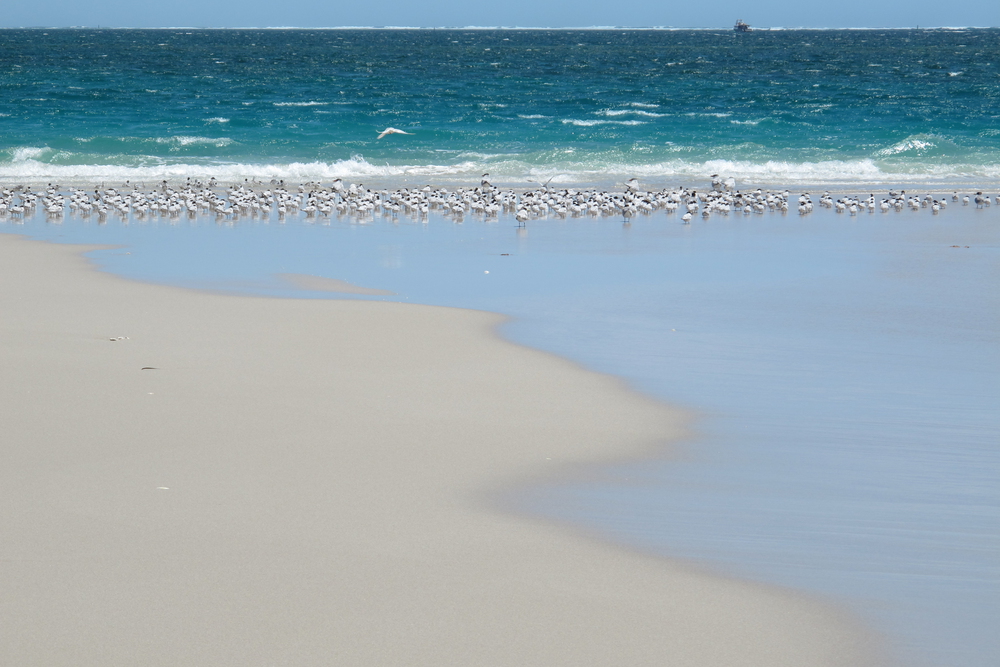
This UNESCO World Heritage site offers views of turtle hatching from January to
March of the year. Being remote minimizes light intrusion, so any hatchlings can
easily follow instinctive cues toward the ocean.
Guided educational activities by rangers in turtle conservation and their nesting behaviors further enhance the potential for excellent and natural observations in this pristine area.
Playa Grande, Costa Rica
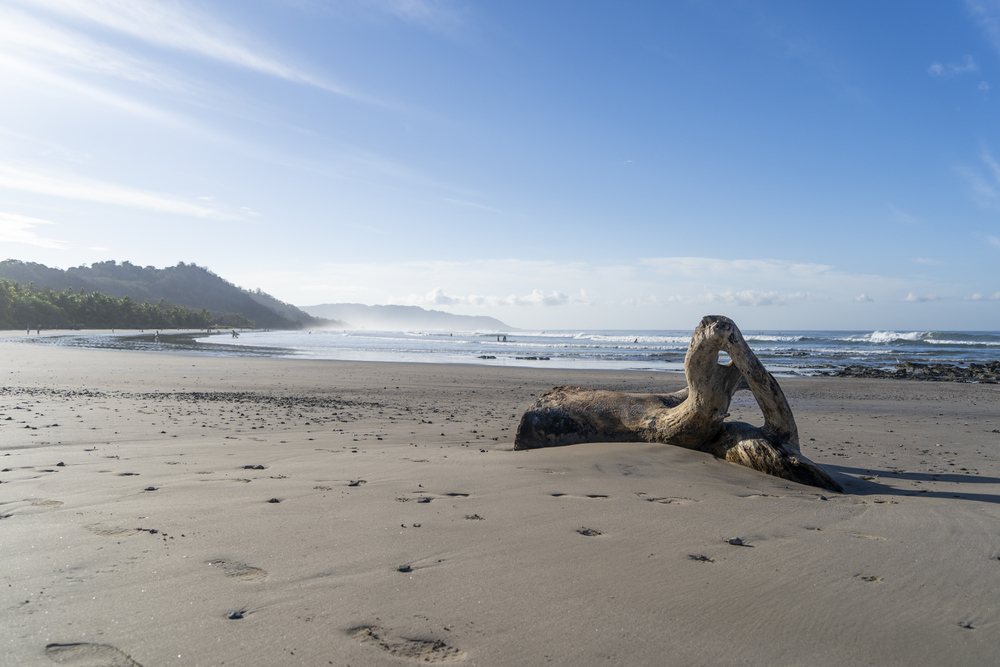
As part of Las Baulas National Marine Park, this beach protects vital nesting sites for
leatherback turtles. Hatchings usually happen from December to April, and guided
tours are possible at times when the conditions are right.
The rules of the park are strict to ensure that nesting and hatching are least disturbed. Research programs here have added much to the knowledge about leatherback turtle behavior.
Like Travel Pug’s content? Follow us on MSN.
Perhentian Islands, Malaysia
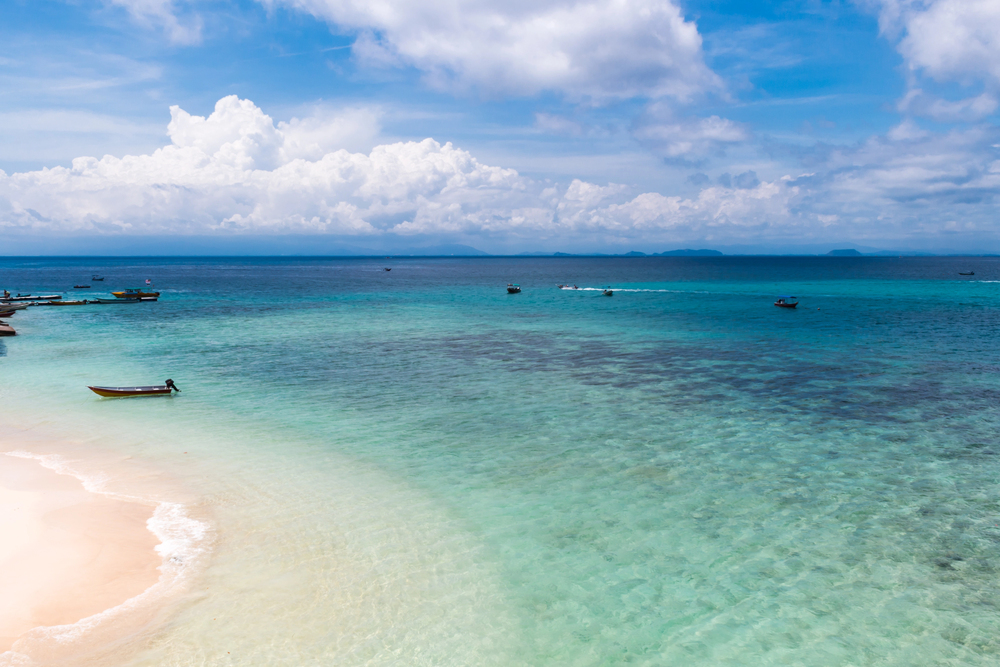
Personal encounters with green and hawksbill turtle hatchlings are offered on these
tiny islands off the northeast coast of Malaysia. Local turtle sanctuary organizes
releases during nesting season between March and October.
Small group sizes minimize the impact and maximize educational value. The success of this project, therefore, attests to the potential of Tourism supporting the cause of conservation.
Jekyll Island, Georgia, USA
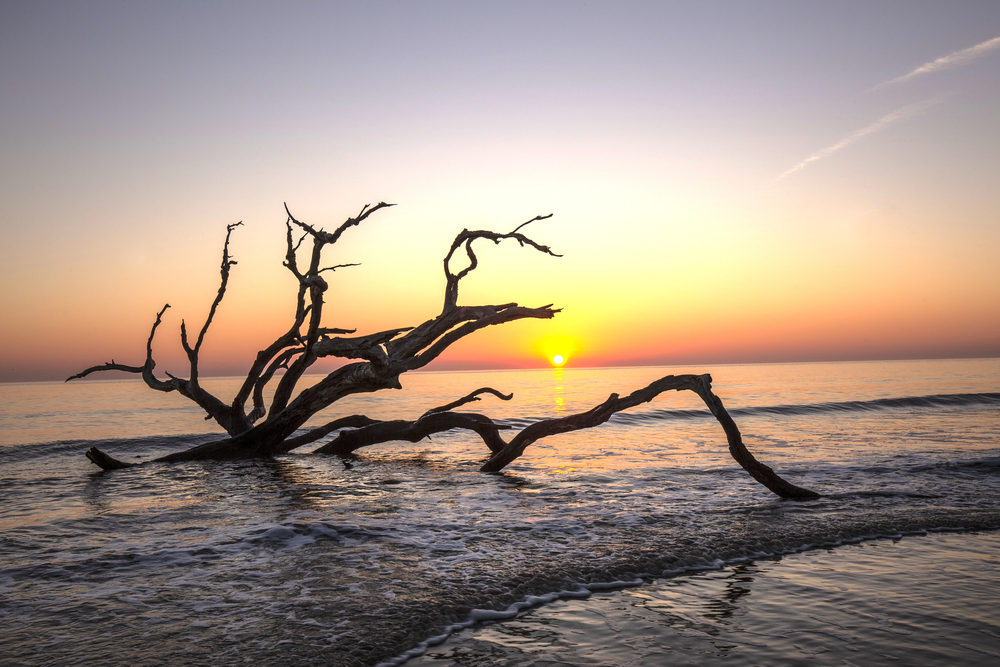
The Georgia Sea Turtle Center on Jekyll Island allows views of loggerhead turtle
hatchling releases between July and September. While you are waiting for eggs to
possibly hatch, the rehabilitation facility is an interesting place to learn about turtle
conservation.
Educational programs inform you about problems affecting sea turtles and how conservation is working to resolve them. Development on the island is tightly controlled to maintain natural conditions for nesting.
Tangalooma Island, Australia
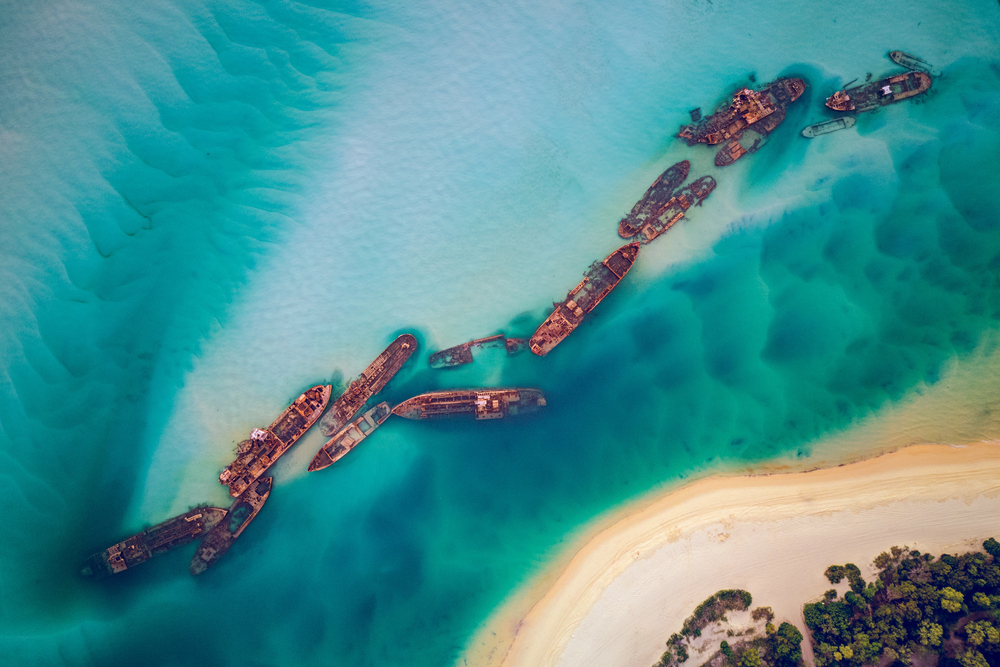
This island in Moreton Bay has controlled turtle hatchings from January to March.
The eco-center is very informative about the local turtle populations and protection
programs.
Night tours take place at the nesting sites, and sometimes early morning programs also catch the hatchlings emerging. The protection status of the island helps maintain the perfect conditions for turtles to nest in.
Like Travel Pug’s content? Follow us on MSN.
Turtle Beach, Sarawak, Malaysia
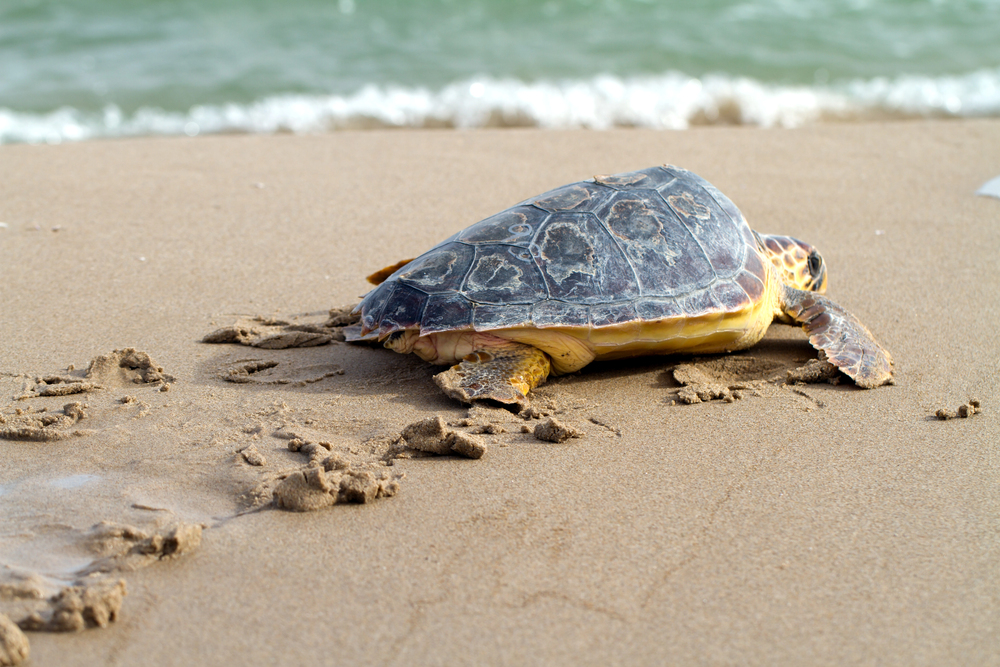
This beach in Talang-Satang National Park is the site of one of Asia’s most
successful turtle conservation programs and hosts both green and hawksbill turtles
throughout the year, although peak hatching occurs between June and September.
You can overnight at the research station and hopefully witness both nesting and
hatching events. Strict regulations allow these ancient creatures to continue their
age-old rituals without disturbance.
Diego Garcia, British Indian Ocean Territory
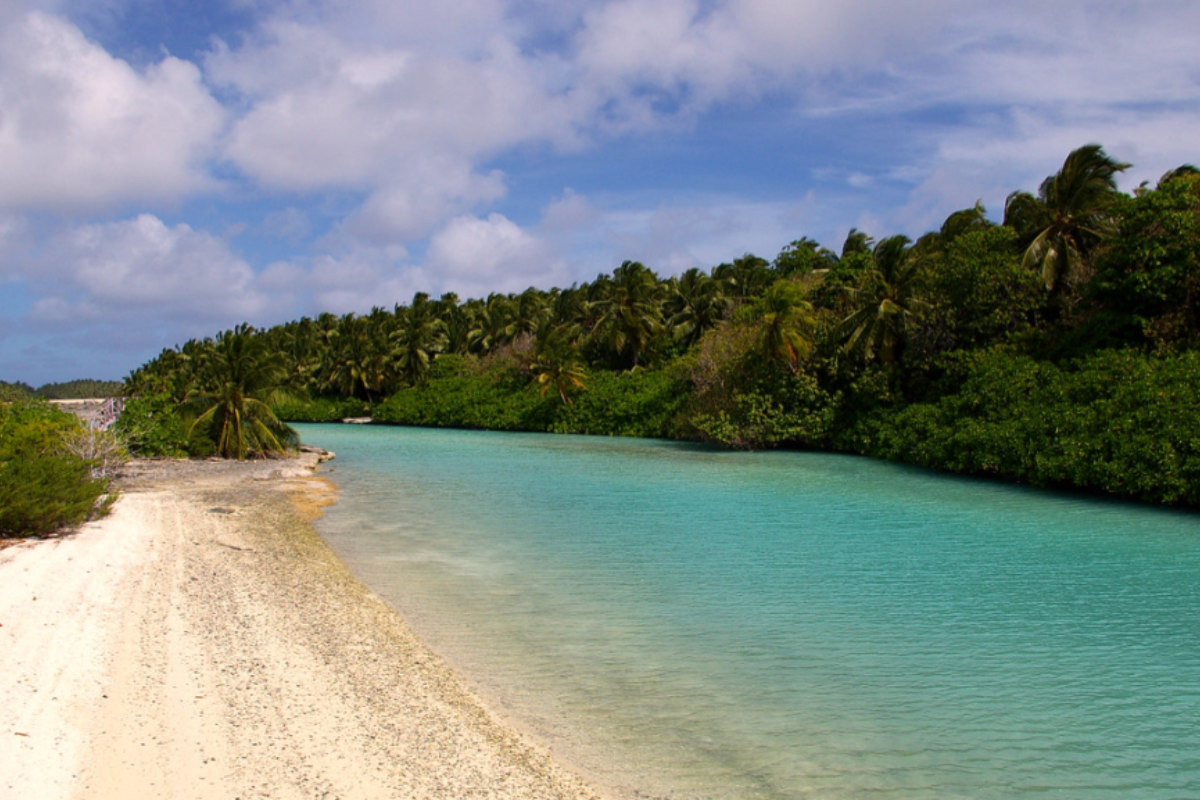
This atoll is an important nesting site for green and hawksbill turtles but is only
accessible to persons with special permission. A military outpost here monitors the
nestings and hatchings year-round.
Conservation has allowed these turtles to continue to thrive in this area. Information taken from here gives great insight into research about turtle behavior and conservation.
Thousand Steps Beach, Bonaire
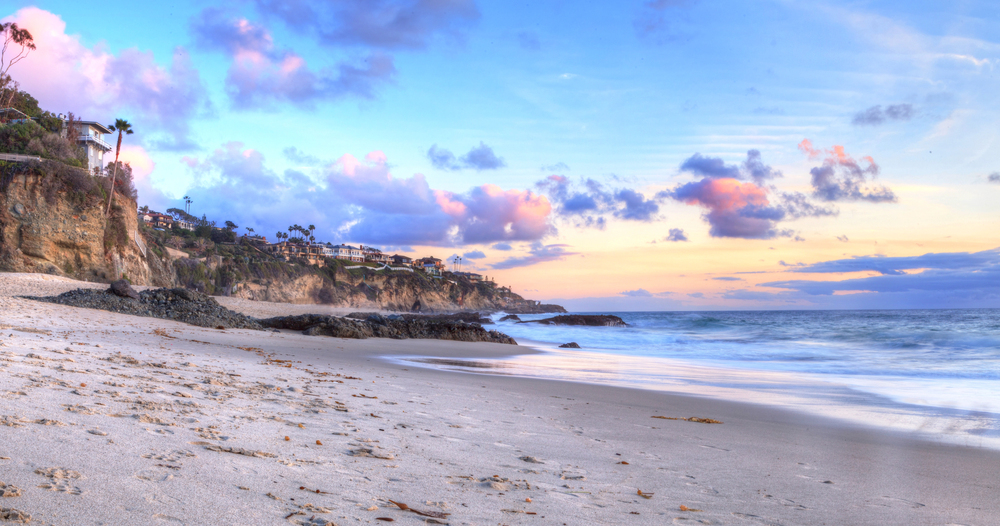
This protected Caribbean beach allows for the sight of hawksbill and loggerhead
turtle hatchings from June to December of the year. During hatching season, local
conservation groups organize early morning checks of marked nests.
Strict environmental regulations on the island help maintain conditions perfect for nesting and hatching. Sea Turtle Conservation Bonaire does an excellent job with
educational resources regarding local turtle populations.
Like Travel Pug’s content? Follow us on MSN.
Nature’s Ancient Ritual
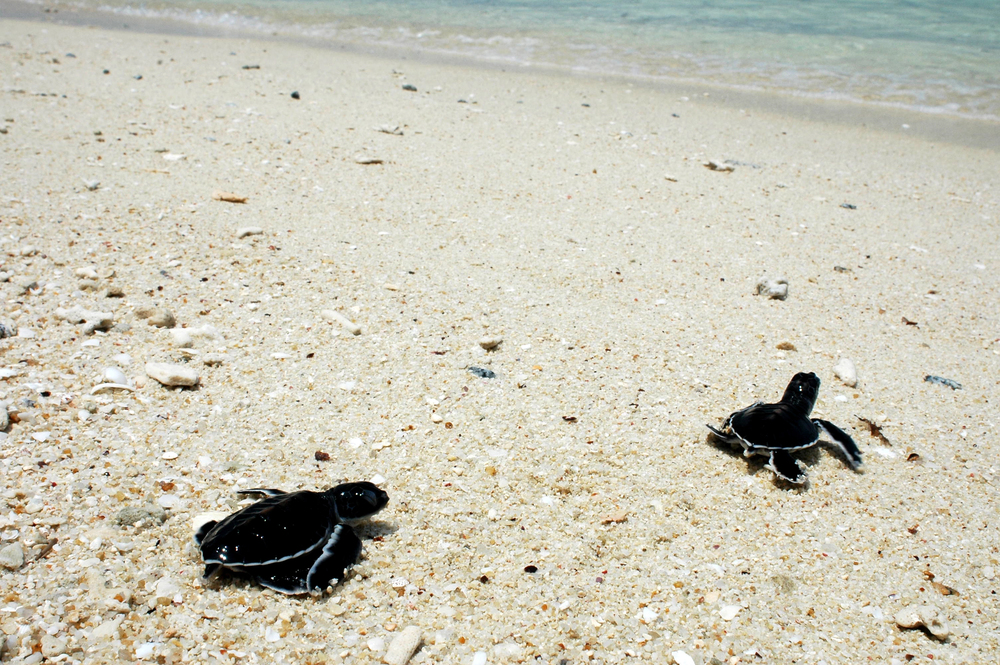
It places us in front of one of nature’s most enduring rituals as sea turtle hatchlings
emerge from their nests, scrambling toward the sea. Nature doesn’t work on
schedule, so, although these magic moments can never be guaranteed, choosing a
location where successful hatch events have happened, with respectable
conservation programs, does maximize your chance of seeing it.
Let us not forget that these vulnerable creatures need our protection; hence, always
follow guidelines, keep your appropriate distances, and support conservation efforts
that will continue to ensure future generations can witness this incredible spectacle.
More from Travel Pug

- 15 Dangerous European Cities to Avoid
- 15 Caribbean Islands Where Tourists Keep Getting Scammed
- The 20 Most Fascinating Abandoned Places: A Journey Through Time and Forgotten Spaces
- 15 Hidden Places in the Smithsonian Museums Locals Love: A Guide to Lesser-Known Treasures
- 16 Hidden Florida Beach Towns That Aren’t Overrun with Tourists
Like Travel Pug’s content? Follow us on MSN.
